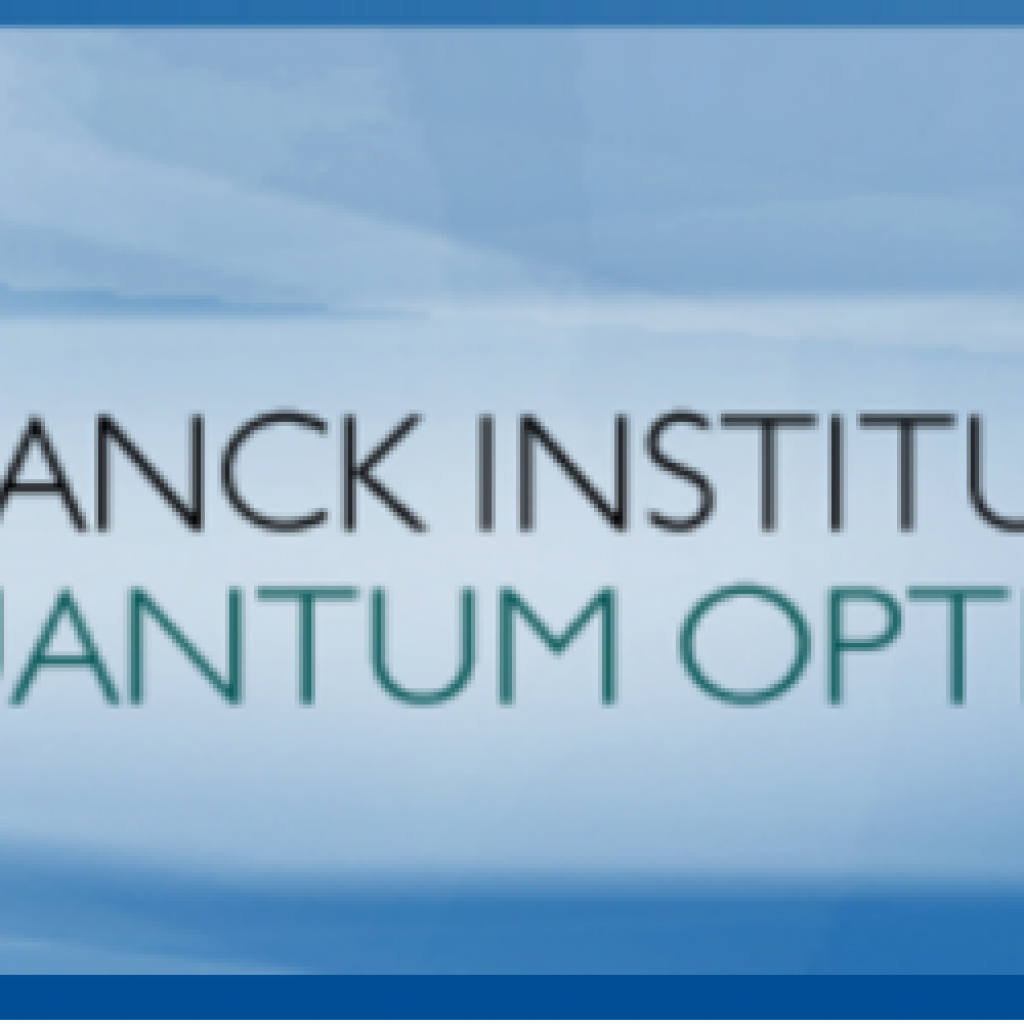(Phys.org) Future quantum computers are expected not only to solve particularly tricky computing tasks, but also to be connected to a network for the secure exchange of data. In principle, quantum gates could be used for these purposes. But until now, it has not been possible to realize them with sufficient efficiency. By a sophisticated combination of several techniques, researchers at the Max Planck Institute of Quantum Optics (MPQ) have now taken a major step towards overcoming this hurdle. IQT-News summarizes the research below.
The basic components of a quantum computer—and thus also of a quantum network—are quantum gates. They correspond in their mode of operation to the logic gates used in conventional computing machines, but are tailored to the special properties of qubits. “Quantum gates for qubits implemented in trapped ions or superconducting materials are currently the most technically advanced,” explains Stephan Dürr. “However, realizing such an element with photons is much more challenging.” Because in this case, the advantage of weak interactions turns into a tangible disadvantage. For, in order to be able to process information, the light particles must be able to influence each other. The researchers at the MPQ have shown how this can be effectively achieved in a paper, which has now been published in the open-access journal Physical Review X.
Previous attempts to realize quantum gates that link two photons to one another have only been partly successful. They mainly suffered from their low efficiency of, at best, 11%. This means that a large fraction of the light particles, and thus also of the data, are lost while being processed in the quantum system—a shortcoming especially when numerous quantum gates are to be connected consecutively in a quantum network and losses add up as a result. “In contrast, we have succeeded for the first time in realizing an optical two-qubit gate with an average efficiency of more than 40%,” reports Stephan Dürr—almost four times the previous record.
“The very basis for this success was the use of non-linear components,” explains Stolz. They are contained in a novel experimental platform that the team at MPQ developed specifically for the experiment and installed in the lab.
This led to the success of the experiment, in which the quantum gate processed the optical qubits in two steps: A first photon, called control photon, was introduced into the resonator and stored there. Then, a second photon, called target photon, entered the setup and was reflected from the resonator mirrors—”the moment when the interaction took place,” emphasizes Stolz. Finally, both photons left the quantum gate—together with the information imprinted on them.
Gerhard Rempe, Director of the group is convinced: “Our new findings will be of great use in the development of light-based quantum computers and quantum networks.”
Sandra K. Helsel, Ph.D. has been researching and reporting on frontier technologies since 1990. She has her Ph.D. from the University of Arizona.
